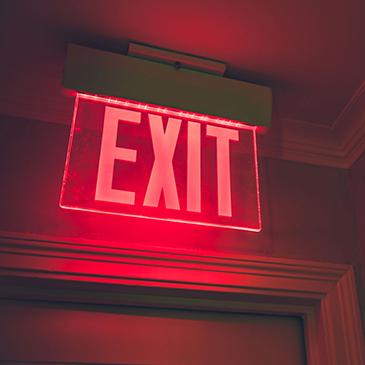
Emergency And Exit Light Testing
Emergency lighting is essential to the safety of building occupants. It reduces the risk by providing illuminated evacuation paths during blackouts or electrical failure due to natural or human-made disasters.
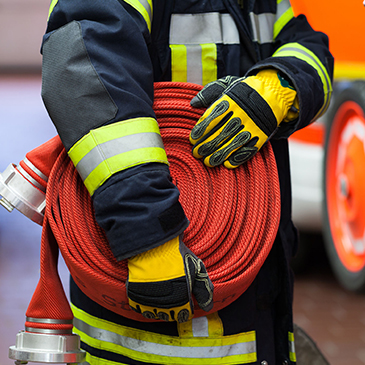
What do these standards provide?
These standards (AS2293) provide guidance and assurance for building users and on-site visitors. The Australian sets of standards provide an assurance, as well as a blueprint for the implementation and constant maintenance of emergency lighting in buildings. These standards also provide users with an outline of the installation of an emergency lighting and exit sign lighting system. Businesses must comply with these standards to ensure all emergency lights are in perfect working conditions.
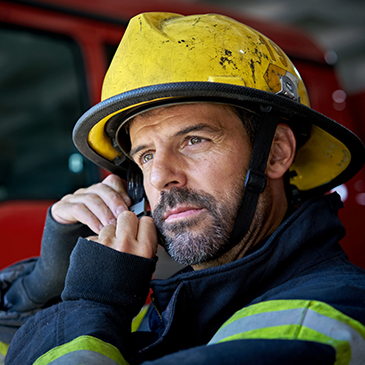
Who are those that can ensure that these standards are met?
The simple answer- Experts- If you are a business owner or manage a facility, you need to seek expert advice. You can ensure the compliance of your fire protection requirements are met and are in working order by using a professional service provider. At Tagee we ensure your workplace is safe and complies with Australian Standards.
When choosing what emergency and exit lighting will be, you need to consider the testing process of the product. Testing is a crucial part of the Australian standard, and there are obvious reasons for this. The lights need to be ready to illuminate at any time because that is what the concept of an emergency entails.
Before a product gets approved, it must pass through a series of tests. These tests are simple procedures clearly stated in the Australian Standard AS2293.
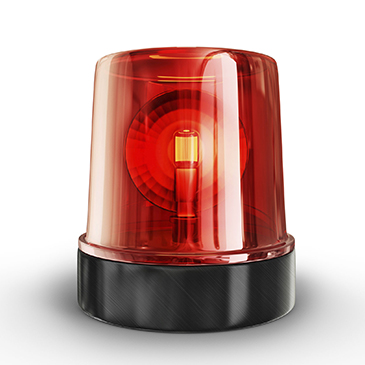
Testing Emergency Lights
Emergency and exit lights are essential; hence, they require regular inspection, testing, and maintenance. The procedures of emergency light testing have been set out in the AS 2293, and failure to comply may lead to varying degrees of penalty. Both maintained and non-maintained emergency lighting requires testing every six months to ensure that they are in excellent working condition.
The test needs to be conducted by a trained individual who is required to test the lights for a total of 90 minutes, and it requires the expert to simulate a power outage for that period.
All tests must be documented to keep records as evidence of compliance. When you hire professionals to test your emergency and exit lighting system, they set a routine maintenance program for you and provide reminders that help you stay compliant.
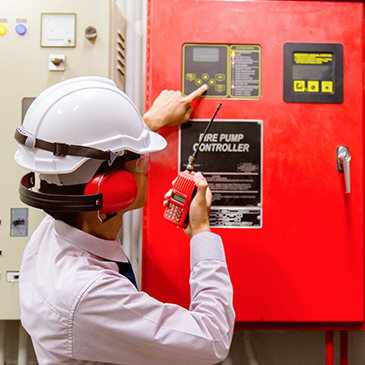
Testing Methods and Systems
The Australian market is characterised by various emergency lighting testing systems that tackle a large percentage of the complications that may arise during the testing process. Occupants of buildings and building managers often complain of disruption during the testing process that takes place twice yearly. This means that the work environment is always affected by a minimum of 90 minutes every six months due to emergency light testing.
Well, it doesn’t have to be that way. Self-testing and network emergency lighting systems eliminate disruptions and test switching required with traditional emergency light testing.

Pricing
The emergency test & tag report prices depend on various aspects like the size of your system and the number of lights. The charges for ten lights may start at $190.00 and $8.95 per extra light (the average price may exclude GST). For more information, call us at 044 704 9952 or drop a mail at Enquiries@tagee.com.au.
- A complete test of all luminous exit signs in your facility
- Test bulbs & battery life & Functionality
Get your quote today.
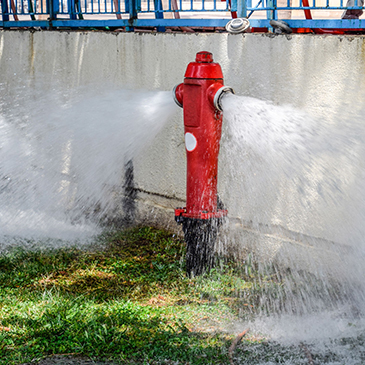
Fire Hydrant Flow Testing Perth
Inspection, Testing, Certification, and Maintenance in WA
Fire hydrants must always be operable and capable of providing adequate fire protection, so systematic maintenance and inspections are vital. It must be able to supply adequate water on demand for DFES when needed to fight a fire on your property.
Water-based fire safety installations, such as fire hydrants, must be tested and maintained according to the AS1851and. All hydrant systems must also comply with AS1851.2012, AS 2419.1:2021, and the relevant design approved during construction.
The purpose of Fire Hydrants is to supply water to the Fire and Rescue Service when they need to fight a fire at your building; the regulations require fire hydrants to be installed in buildings where there may be insufficient coverage from an inground street fire hydrant or where the building area is greater than 500 square meters.
Hydrants can vary with servicing depending on if you have Hydrants only, Hydrant/Booster systems, or a Hydrant/Booster Pump Set; they can have Six monthly, Monthly, Annual, 5 yearly, and Annual flow testing.
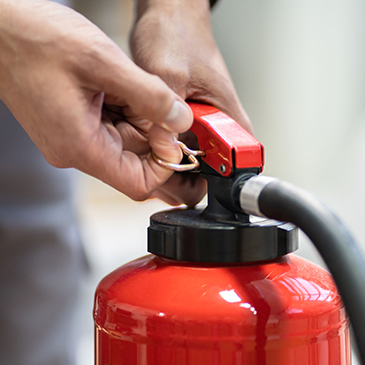
Fire Extinguisher Testing Perth
Have you worked in the same workplace for five years but could not say where the fire extinguisher is located? You are not alone. We get it; safety can be boring. But at the end of the day, these simple things could be the difference between life and death.
That is why completing maintenance on your fire safety equipment might seem boring and forgettable, but staying on top is incredibly important.
Fire equipment like extinguishers and fire blankets need to be regularly tested to comply with Australian standards AS-1851 AS-2444 AS-1841 and ensure that they actually work if and when you need to use them.
There is no point in having a fire extinguisher if it is not in working order. This puts you and your staff at risk and could be deadly in an emergency.
But what is the fire extinguisher testing Australian standards? How often do workplaces need to check their extinguishers, and by whom?
It’s important because every business should be across fire safety and compliance. Service and maintenance of fire safety equipment are required by law in western Australia (DFFS) workplaces, but knowing the ins and outs of those requirements can seem daunting. That is why many businesses enlist the help of a professional service that can do everything for them, from providing and installing fire equipment to undertaking scheduled maintenance and testing to keep you compliant.
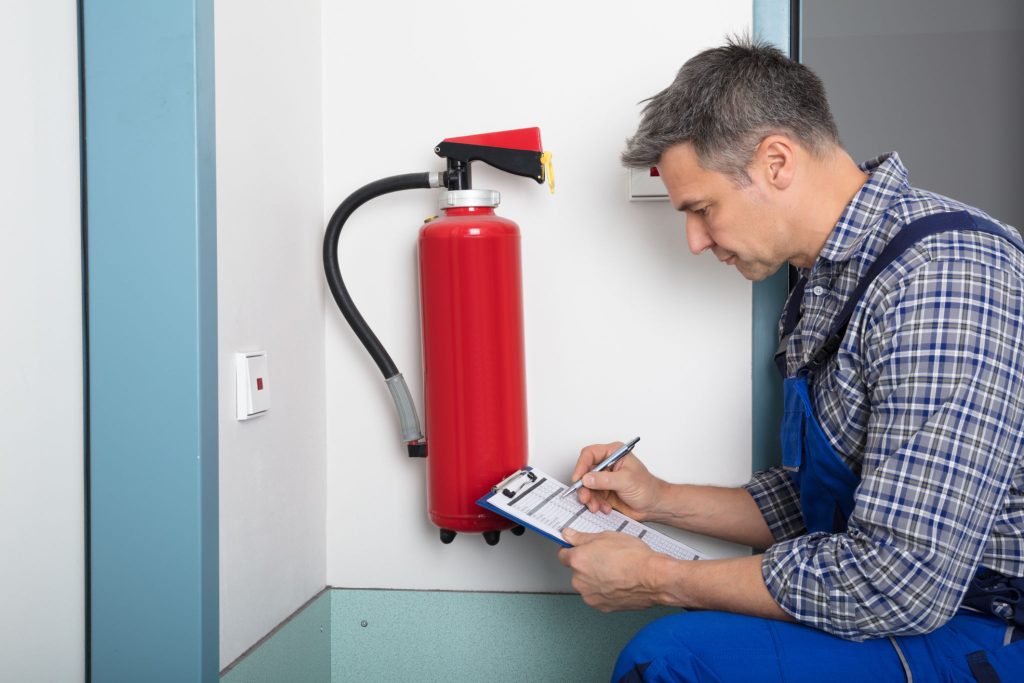
Fire extinguisher testing Australian standards
According to the Australian Standard AS 1851 Maintenance of Fire Protection Systems and Equipmen:
- Fire extinguishers must be inspected and serviced every six months.
- Fire extinguishers need to be pressure tested every five years.
- The testing intervals must be recorded on the metal tag or label on the extinguisher.
- If an extinguisher doesn’t have a pressure gauge, it will likely need to be weighed to see whether it is full.
- If an extinguisher is partly or fully discharged, it must be recharged.
- Inspection and testing need to be carried out a qualified person
But what fire extinguisher should you use for what type of fire? There are different ratings of fire extinguishers, which relate to the size and class of fires they can use. Each extinguisher can be rated for one or more fire classes; usually, the higher the rating, the larger the fire it can be used on. But understanding the different ratings and classes can be confusing if it isn’t your area of expertise.
When buying fire equipment, many people are unaware of the regular servicing and maintenance or forget to follow scheduled inspections. That’s why it’s safest and easier to leave the testing and maintenance of fire equipment to a professional service. Professional technicians will know the fire extinguisher testing standards and keep your equipment in working order.
It’s important also to know that other fire pieces of equipment like Fire Blankets & Fire Hose Reels are required to be serviced every six months, along with the extinguishers. There is a multitude of fire safety equipment, and each has a specific use in preventing and controlling fire incidents. Everything from emergency and exit lighting, hydrants and hose reels, and fire detection and alarm systems play a part in fire safety.
Instead of trying to stay on top of every piece of equipment and the testing requirements of each, getting an experienced and reliable service to manage all of this for you is the easiest and most effective way to manage your fire safety.
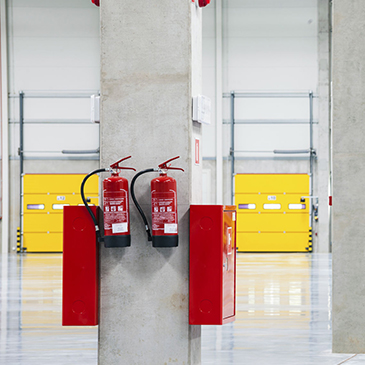
Why choose Tagee Services?
Tagee is experienced in everything fire safety. Our technicians provide businesses all over WESTEN AUSTRALIA with regular 6-monthly fire extinguisher testing for all extinguishers, hydrants, and hose reels in accordance with the WA regulations and all relevant Australian Standards. This service gives you peace of mind and means you don’t have to worry about remembering the compliance standards; we manage everything for you from start to finish.
We provide friendly & professional advice on which extinguisher best suits the risks for your premises and those required to meet relevant legislation, OH&S requirements, and Australian Standards. On top of this, we supply and install a wide range of fire extinguishers, fire hydrants, and hose reels for workplaces across Perth, providing a one-stop shop service.
We hope this article has answered your question about the fire extinguisher testing Australian standards. If you have any further questions about this or our services, get in touch with our team today here or give us a call on 0447049952.
Fire Extinguisher Test and Tag Prices depend on the needs of the clients, the locations, and many more, including;
Some organizations may include the charges for the inspection of each unit and the service fees.
- Gauge test
- O-ring, washers, and safety pin replacements
- Inspecting and replacing the anti-tamper seal
- Editing the service tag that is required on each canister.
If you have any queries or considerations, contact us now.
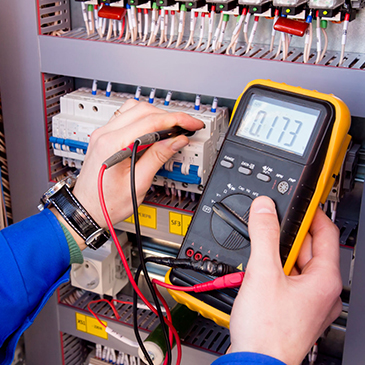
Single and Three Phase Testing
Three-phase appliances are commonly found in workshops, factories, production plants, and manufacturing facilities. These appliances use higher voltage, i.e., 415 volts instead of the typical 240 volts, and draw a higher current. Therefore, in case of defective equipment, there is a higher risk of getting electrocuted. According to Australian standards, three-phase testing can significantly reduce the risks of electrocution and fires.
Our competent and trained technicians carry out three-phase testing and tagging in accordance with the guidelines outlined in AS/NZW 3760 standard. The process is the same. We conduct a visual inspection, followed by electrical tests, followed by tagging of the three-phase equipment. A comprehensive report is provided in a soft copy for easy transfer. When equipment approaches the retest date, we send you a courtesy email and give phone reminders.
The Three-phase testing average price may be $9/tag for single-phase items, and the charges for 3 phase items may be $15/tag. The minimum value of a site visit may be $100 for a site visit. The price may increase depending on the multiple single and three-phase items testing and tagging. If you have any doubts about the Test and Tag Cost, call us today and get a quote for the service you are looking for.
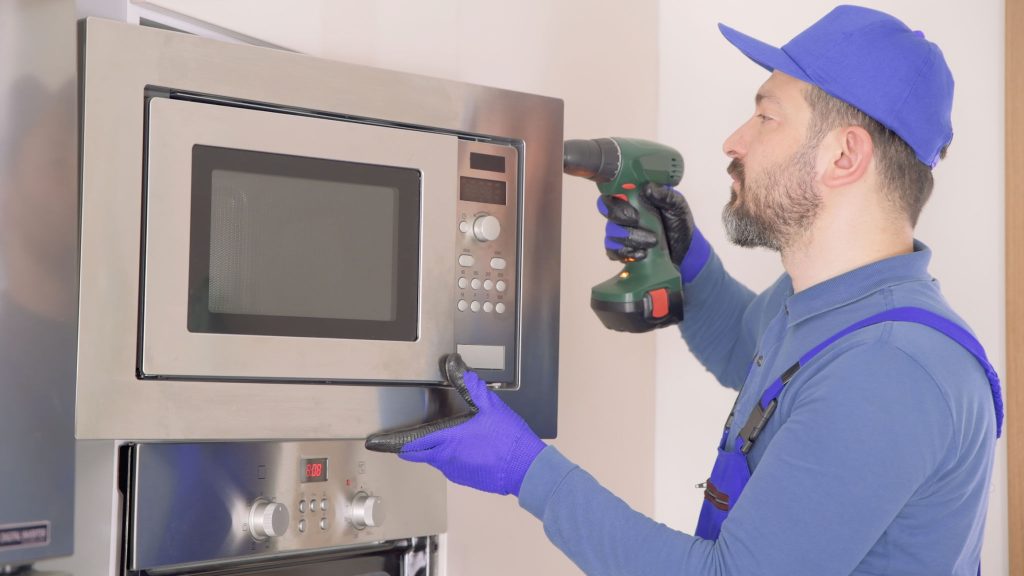
Microwave Radiation Leakage
Microwaves have become a fundamentally essential need of a household in the last decade or so. They have made lives easier by reducing the time and effort required to prepare or reheat meals. However, they have also added the risk of leakage to the list of hazards. Microwave radiation leaks can hurt not only adults and children nearby but also surrounding electrical equipment. Thus, a professional must inspect the microwave for any form of leaking as early as possible. Ensuring that radiation levels get released by microwave ovens in businesses, schools, educational and health facilities, and other locations is a must. It should be within the Australian Standard AS/NZ603335.2.25 permitted limits. Click here if you would like to purchase your copy of the current Australian Standard “AS/NZS 60335.2.25:2011 Amd 2:2017 Household and similar electrical appliances – Safety Particular requirements for microwave ovens including combination microwave ovens”.
Tagee ensures that you will get each service execution only under the supervision of an experienced and trained professional. We at Tagee aim to test & tag all radiation emission levels and door interlock functioning. Once the testing is over, we file a report with the label pass or fail. Additionally, we perform all the tests according to the AS/NZS 60335.2.2 Australian standards.

Pricing
Test and Tag Price List in Perth includes testing, accessibility to equipment, and any specific requirements of the customers. Call us to get a reasonable quote.
We at tagee.com.au focuses on the following points:
- Thorough reporting
- Assessment and testing matching Australian Standards
- On-site or drop-off service available
- Opt-in reminder service
- $20 million in Public Liability Insurance
